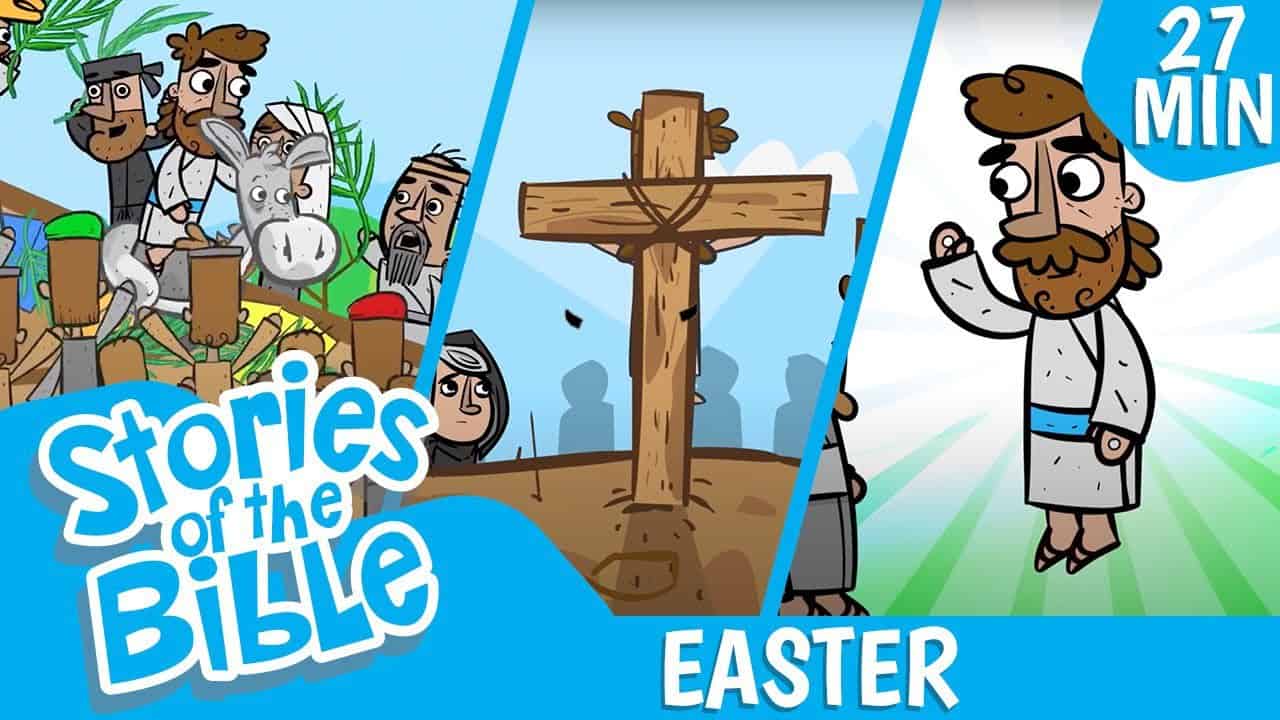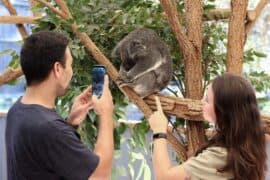A Guide for Parents: Telling the Easter Story to Children
Hello there, joyous parents and guardians! Easter is upon us once again—a time of bright colors, springtime blossoms, and delightful egg hunts. But, amidst all the chocolate bunnies and marshmallow chicks, it’s essential to remember the rich history and profound meaning behind this cherished holiday. This guide is specially crafted for you to share the Easter story with your little ones in a manner that’s both engaging and appropriate.
Whether you’re looking for creative ways to explain the religious significance of Easter to your children or need fun, family-friendly activities to celebrate the occasion, you’re in the right spot. Buckle up for an egg-citing journey through the narrative of Easter, and gather a basketful of ideas to make this holiday an enriching experience for the whole family!
Understanding the Easter Story
Before we dive into crafting the perfect storytime, let’s get a little refresher on the Easter story itself. Easter is a pivotal holiday in the Christian faith, commemorating the resurrection of Jesus Christ from the dead, three days after his crucifixion. It’s the culmination of the Passion of Jesus, preceded by Lent—a 40-day period of fasting, prayer, and penance.
The story of Easter is one of hope, redemption, and new beginnings, making it an important tale to share with children of all ages. As we unfold the Easter narrative, we’ll focus on the key events that make this holiday so special:
- Palm Sunday: The Sunday before Easter, celebrating Jesus’ triumphant entry into Jerusalem.
- Maundy Thursday (or Holy Thursday): The day of the Last Supper, where Jesus shared a meal with his disciples and washed their feet in an act of humility and service.
- Good Friday: The solemn day remembering Jesus’ crucifixion and death.
- Holy Saturday: A day of anticipation that leads into the joy of Easter Sunday.
- Easter Sunday: A joyous celebration of Jesus’ resurrection and the promise of eternal life for those who believe.
How to Share the Easter Story with Kids
Explaining the profound events of Easter to children can be a complex task, but it’s certainly doable with a dash of creativity and sensitivity. Here are some fundamental tips on how to approach the Easter story:
- Use age-appropriate language: Tailor your storytelling to your child’s age and understanding. Avoid graphic details about the crucifixion for younger kids and focus on the themes of love and sacrifice in simple terms.
- Focus on the positive: While it’s essential not to shy away from the difficult parts of the story, ensure to highlight the joyful outcome and the message of hope that Easter brings.
- Involve them in activities: Sometimes, the best way to learn is through doing. Crafts, drawings, and games can provide tangible ways for children to connect with the story of Easter.
Don’t worry, we’ll explore plenty of fun activities and storytelling techniques throughout this guide. From interactive storytelling sessions to craft ideas that symbolize the key aspects of the Easter story, we’ll ensure your little ones hop away with a deeper understanding and appreciation of this holiday.
Remember, sharing the Easter story can also open great opportunities for discussions about your family’s values and traditions. It’s an excellent time for bonding and instilling the values of kindness, hope, and rebirth that resonate with the spirit of Easter.
Get ready to turn this Easter into an enriching experience that goes beyond the egg hunts and chocolate treats. Stay tuned for more tips, activities, and storytelling magic that will inspire both you and your children this joyous season!
Now, let’s hop along to the fun part—engaging Easter activities and storytelling fun awaits!

Five Things Parents Should Know in Preparing for the Easter Story
When preparing to share the Easter story with your children, it’s crucial to gear up with the right tools and knowledge. Here are five things you should know to make the experience memorable and age-appropriate:
- Kids Learn from Stories: Narrative is a powerful tool, especially with younger audiences. Create a storytelling experience that will captivate your children, using picture books or animated videos that tastefully depict the story.
- Cultural and Religious Sensitivity: Be mindful that Easter has both a religious significance and cultural elements. Tailor your explanation to fit your family’s beliefs and be respectful of how others may observe the holiday.
- Engagement through Interaction: Audience participation turns listeners into part of the story. Ask your children questions, let them act out scenes, or use props to make the storytelling interactive.
- Art and Crafts Help Illustrate the Story: Visual aids, like coloring pages, provide a hands-on understanding of the story’s events. Crafts related to Easter symbols can also help reinforce the narrative in a creative way.
- Plan Ahead: Organization is key. Have all your storytelling materials and activity resources ready to go before you sit down to share the story. This ensures a smooth and enjoyable learning experience.
Engaging Easter Activities for the Whole Family
Creating a vivid storytelling atmosphere doesn’t stop at words; activities and crafts play a significant role, too! Encourage your children to express their creativity and comprehension of the Easter story through these engaging activities:
- Easter Story Stones: Collect small, flat stones and paint them together with images representing various parts of the Easter story. Use these as storytelling props or for hide-and-seek games.
- Resurrection Garden: Build a mini garden with soil, grass seeds, and small twigs to replicate the empty tomb. It’s a beautiful visual reminder of the new life Easter represents.
- Easter Story Cookies: Baking cookies that symbolize aspects of the Easter story can be both educational and delicious. For example, use a cross-shaped cookie cutter to represent the crucifixion and an empty tomb design for the resurrection.
- Felt Board Storytelling: Craft a felt board with figures of Jesus and others from the Easter story. This tactile activity allows children to move the pieces along as the story unfolds.
- Memory Verse Eggs: Place Bible verses related to the Easter story inside plastic eggs. Opening them and discovering the verses can be an insightful treasure hunt for older children.
These hands-on activities not only support the storytelling but also give your children a way to actively participate in learning about and celebrating Easter. It’s about making memories together and imparting profound life lessons through shared traditions and joyful experiences.
As you weave together these activities and stories, remember that your enthusiasm and the joy you share in the process are the most heartwarming gifts you can offer. The Easter story is ultimately one of hope and new beginnings, and through your guidance, your children will begin to appreciate this time-honored tale in a way that’s unique to your family.
May your Easter be filled with joy, reflection, and sweet moments shared with your loved ones. Happy Easter storytelling!
See more great Things to Do with Kids in New Zealand here. For more information see here
Disclaimer
The articles available via our website provide general information only and we strongly urge readers to exercise caution and conduct their own thorough research and fact-checking. The information presented should not be taken as absolute truth, and, to the maximum extent permitted by law, we will not be held liable for any inaccuracies or errors in the content. It is essential for individuals to independently verify and validate the information before making any decisions or taking any actions based on the articles.




